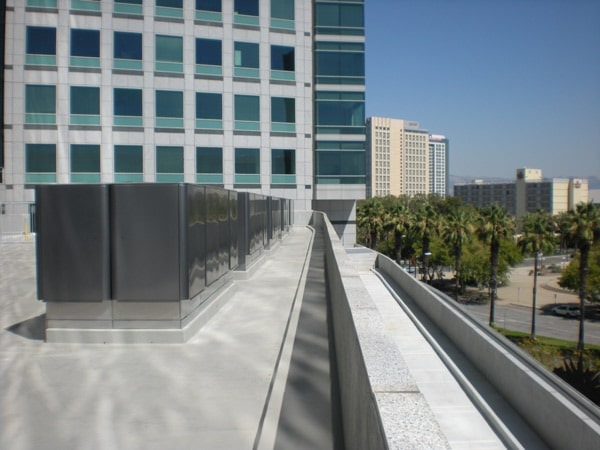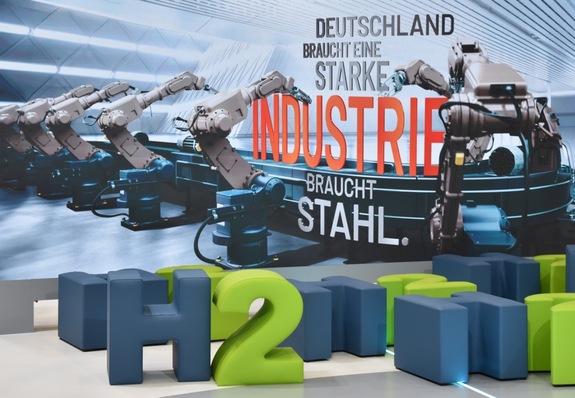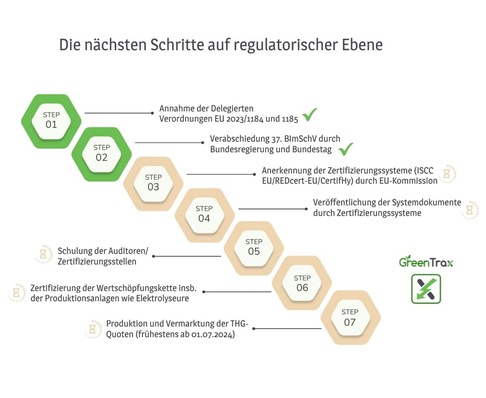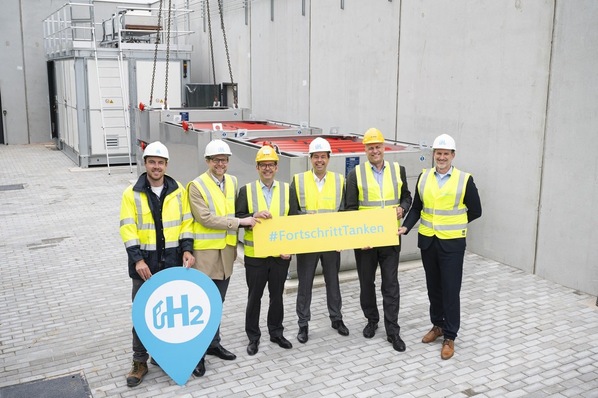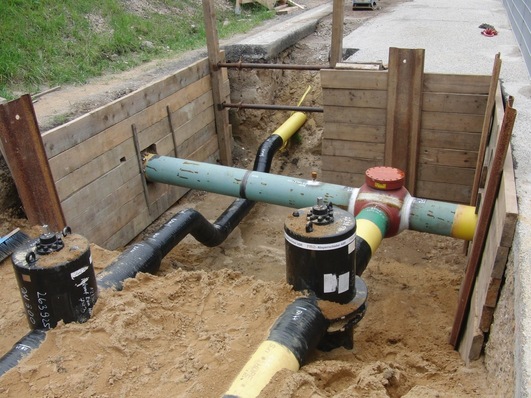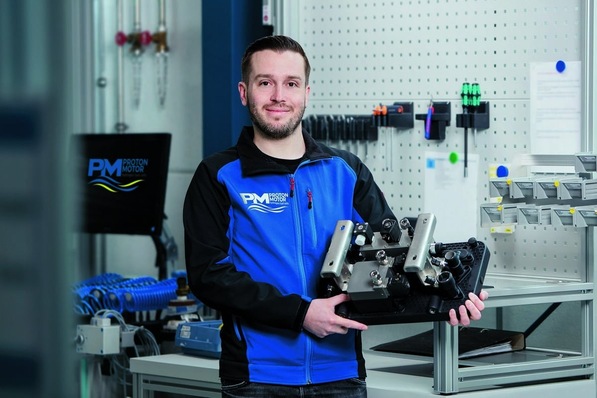Good figures for first quarter 2023: Turnover rose over 37 percent compared with the prior-year quarter to 275 million USD. Regarding the year as a whole, the first half of the year will constitute 30 percent of sales. The whole year is to generate, as forecasted, 1.4 to 1.5 billion USD in turnover. The non-GAAP profit margin was increased by 5.4 percent to reach 21.2 percent in the first quarter. The aim is 25 percent for the fiscal year. The profit is related to cost-cutting measures.
Bloom has almost entirely used its liquidity to massively expand its inventory of parts and equipment, in order to put them into use in existing projects – especially in South Korea: 315 million USD in the first quarter. Bloom ended this quarter with a cash reserve amounting to 483 million USD. Some analysts will view this critically. If you read the text for the press conference on the financial results, the rapid sale of the parts should result in a significant increase in liquidity after invoice receipt in the second half of the year.
In March, major customer and major shareholder SK Ecoplant transferred its second tranche in the amount of 311 million USD (13.5 million preferred shares for 23.05 USD each), making it the largest single shareholder. Bloom has additionally successfully tapped the capital market through a green bond in the form of a convertible bond with a three-percent coupon and 18.85 USD conversion price per share. Initially, they should have totaled 500 million USD, but this was quickly bumped up to 550 million. Also the additional option in the amount of 82.5 million USD will certainly find institutional investors. This is a clear sign of confidence in the company.
According to the investor conference on May 23, 2023, Bloom plans to have a freely available liquidity of 900 million USD at the end of the year. Some analysts, however, view the convertible bond negatively, as a dilution of the share capital could come about as a result of these. Bloom has options here, though, so it does not necessarily have to come to a dilution if this convertible is turned into shares during its course. The share price must also be much higher for that to occur. Exactly these low prices are buy prices, as through the build-up of electrolyzer production to 2 GW this year, business growth in 2024 and the following years would experience a further boost.
Successful pilot projects create new fields of activity
The combination of the use of CHP waste heat and over 85 percent efficiency is finding expression in the first orders in Italy and Belgium for 10 MW each. Delivery in the second half of the year is planned. In parallel, the production of high-temperature electrolyzers is to really get going in 2024. In addition, the time for start-up of the systems or even their shutdown lies at only ten minutes.
The 4-MW electrolyzer from Bloom can generate 2.4 metric tons of hydrogen per day. Bloom has cooperations regarding this with project developers and companies active in ammonia, oil and gas production. In Taiwan, a 10 MW order was able to be processed within a short time in the first quarter, which did not come in until fourth quarter 2022. This speaks for Bloom.
With the US Department of Energy (DoE), in Idaho National Lab, a plant with a 100-kW electrolyzer was able to be successfully simulated. The running time was 4,500 hours, with the result of 25 percent higher efficiency in the production of low-cost hydrogen compared to other electrolyzer technologies.
SK Ecoplant creating real synergies
SK Ecoplant, as part of South Korea's largest energy corporation SK Group and largest single shareholder, is bringing Bloom Energy along to its own projects in Asia – like also recently with a 4.5 billion-USD project in the province Newfoundland and Labrador, Canada. Hydrogen is to be produced with 1 GW of wind power there and shipped around the world as an export commodity in the form of green ammonia. Siemens Energy is supplying the PEM electrolysis, while Bloom’s high temperature electrolyzers will be put to use for hydrogen production as well as waste heat, which will be fed into ammonia production or used for heating.
How high Bloom’s share in the project will end up cannot be said at present, but the participation itself via SK Ecoplant should already be valued as very positive. Starting 2025, green hydrogen is to be produced there, and then green ammonia from 2026 onwards. The combination of 600 MW of SOFC electrolysis (Bloom) and PEM electrolysis (Siemens Energy) are to produce 60,000 tonnes of green hydrogen per year in the first stage. From this will result 360,000 tonnes of green ammonia. Such a project is sure to find imitation around the world.
Demanding forecast
In year 2026, Bloom will reach a 5 to 6 billion USD turnover. The area of electricity production, with 25 to 30 percent, is to generate growth of 2.5 to 3 billion USD. New markets like electrolysis and carbon capture are to correspondingly reach 1 to 2 billion USD, where 500 million USD will come from maritime. Bloom has expenditures, though, related to the exchange of old Energy Servers to that of the newest model, which for now is incurring costs. In the end, however, this will lead to more energy security and higher margins.
JP Morgan has new price target: 20 USD
Bloom’s prospects in share prices JP Morgan analyst Strouse sees at 20 USD for now, following the sharp decline in price in recent weeks, as Bloom is very well positioned in the long term. From 15 to 20 USD sounds like a lot at first, as this is over 30 percent above current price quotations. I see the share in the next 12 to 24 months rather at over 30 USD, and can imagine even prices of over 50 USD if the forecasted figures are achieved and the company sustainably enters the profit zone – possibly starting 2024.
Disclaimer
Each investor must always be aware of their own risk when investing in shares and should consider a sensible risk diversification. The FC companies and shares mentioned here are small and mid cap, i.e. they are not standard stocks and their volatility is also much higher. This report is not meant to be viewed as purchase recommendations, and the author holds no liability for your actions. All information is based on publicly available sources and, as far as assessment is concerned, represents exclusively the personal opinion of the author, who focuses on medium- and long-term valuation and not on short-term profit. The author may be in possession of the shares presented here.
Written by Author Sven Jösting, June 9th, 2023


